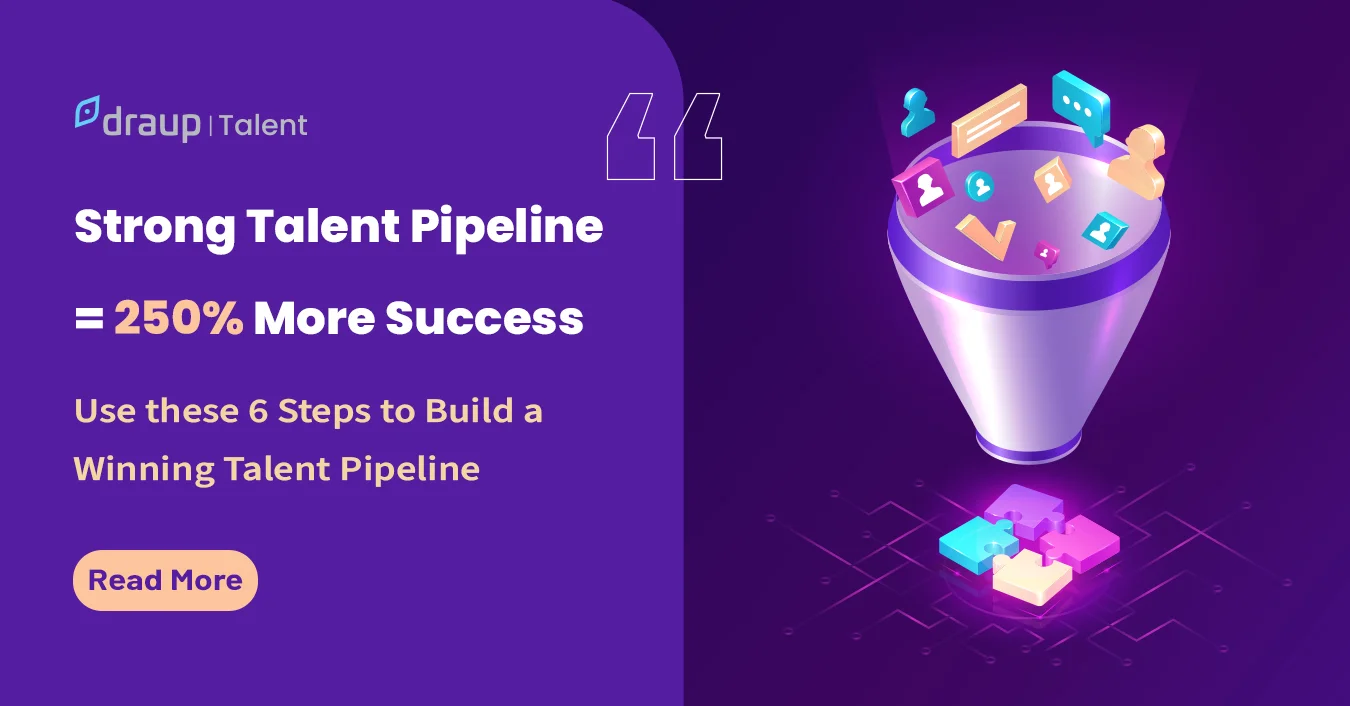Despite the chain of unfavorable macro & microeconomic factors triggered by COVID-19, the BFS industry has emerged seemingly unscathed when compared to other sectors. However, the ongoing period of uncertainty marked by volatility & disruption will alter consumer behavior for the foreseeable future.
The question, then, is how BFS companies can reorient their customer experience strategies for a post-COVID world?
Our meta-analysis reveals that the below strategies to bolster customer experience will proliferate in BFSI post-COVID:
- Use of AI across BFS departments
- Omnichannel customer journeys that cover multiple digital touchpoints
- Anomaly detection & identifying fraudulent accounts
- Personalized user experience by leveraging sentiment analysis, and custom ML models deployed through banking apps.
- Open banking, open API, PSD2
A few of the use case using the above strategies are elaborated below. However, new use cases are being developed every day as the pace of digital transformation in BFS increases.
AI Will Play A Key Role In Customer-Centricity
While chatbots and virtual agents were so far only seen as augmenting human resources, post-COVID, they will find a center stage in the BFS value chain.
We already seeing widespread adoption of such customer service agents – HDFC’s IRA 2.0, Softbank’s Pepper & AdviceRobo being a few such examples.
In some European banks, predictive analytics is being leveraged to track user spending habits in order to build personal financial recommendation models. Such models alert users when unauthorized transactions take place as well.
Overall, the industry focus right now is on personalized solutions by aggregating and categorizing customer activity. AI can help achieve this by providing an integrated view of customer’s financial history and design solutions to improve customer satisfaction.
Combined with the digital omnichannel strategy that generates a lot of user data, AI models are getting extremely good at building customer personas. An example of this is Crayon Data’s maya.ai that can deliver a unique digital experience to each customer by learning their behavior for just 7 days.
In partnership with a bank in Myanmar, maya.ai developed a custom that supported analytics-based insights for the promotion of their digital wallet app. The result was over 3.5MM customer onboarded with monthly transactions amounting to $300 MM.
The Need For Innovative Digital Products & Services Will Increase
The pandemic has educated consumers on various health, financial, personal & travel risks that exist everywhere. The sudden layoffs announced and the numerous small businesses that closed for good have highlighted the need for financial planning.
This opens opportunities for BFS companies to package innovative digital products & services. Partnering with fintechs, banks have now taken the KYC route completely online.
Powered by the increased penetration of mobility, data and affordability of the cloud, consumers can now be onboarded from the comfort of their homes.
Account creation & loan disbursal now takes mere hours. Combined with proprietary ML algorithms, they can mine a user’s credit history to identify their risk potential as well.
The Need For Personal Financial Management Services Will Increase
An emerging area of opportunity is in personal financial management (PFM) for both personal and business accounts. In light of the current situation, PFM solutions that have analytics at their core can anticipate emerging needs in the post-COVID scenario.
However, for such a service to take root, Open Banking & Payment Services Directive 2 need to be implemented across geographies and verticals. But as Open Finance gains more tractions and businesses open post-pandemic, there will be a surge in the requirement for personalized assistance from bankers.
The Customer Will Lead the Way Forward
While banks have always been at the forefront of compliance, when it comes to customer strategy, they have always been lagging. This ongoing crisis is the perfect opportunity to attract consumers by curating relevant products and services to customer needs.
The next step is to boost retention rates by providing them easy access to funds and continuously engaging them through social channels. Predictive analytics is already streamlining customer experience in the banking domain. We have covered the impact of AI & predictive analytics here.
Our signals strongly indicate that BFS enterprises take the lead in implementing cutting-edge solutions to build deeper relationships with their customers stand to bolster their bottom line significantly.
We know this because Draup tracks business intentions and digital themes across 30+ industries to proactively highlight the use of new-age, emerging technologies. Our proprietary Signals Cast app delivers real-time insights that enterprises can utilize to explore trending use cases, win new customers or retain existing ones.







